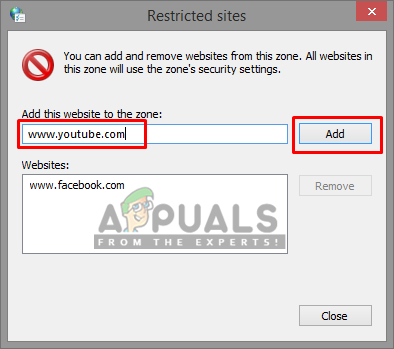How to Block Websites from Opening in Windows
A website is a collection of related network web resources, such as web pages and multimedia content, typically identified with a common domain name and hosted on at least one web server. Sometimes, you might need to block certain websites, for instance, to configure a computer for office use or to restrict some websites for home use. In this article, we will teach you how to block websites on Windows 10.
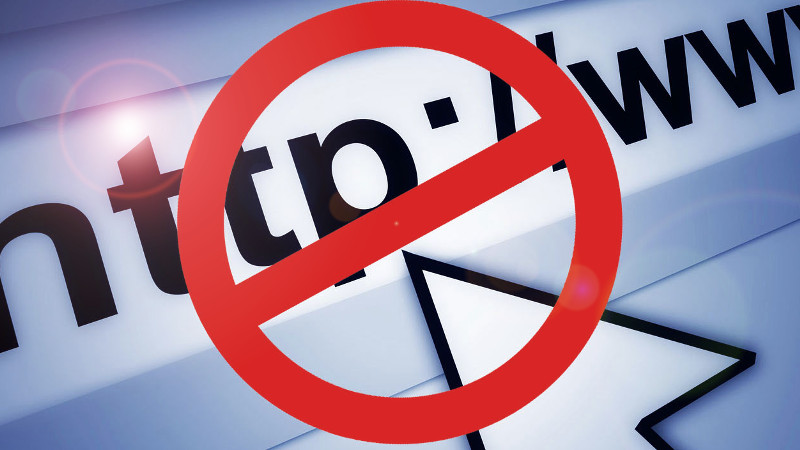
1. Block Websites through Hosts File
Modifying the hosts file is a straightforward way to block specific websites by redirecting their addresses. By linking the site’s URL to a local address like 127.0.0.1, your system blocks the connection, preventing access. This method works at the system level, making sure the restriction applies in all browsers.
- Open “Notepad” as an administrator. Press Windows + S, type “notepad“, right-click the application, and select Run as administrator.
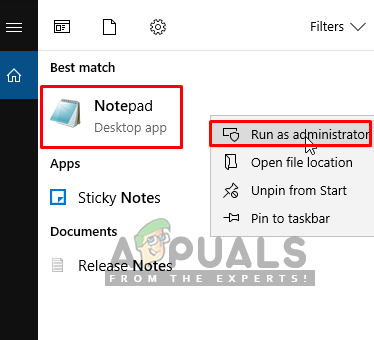
- Click “File” and then “Open.”
- Go to the address:
C:\Windows\System32\Drivers\etc\hosts
- Find and open the “hosts” file.
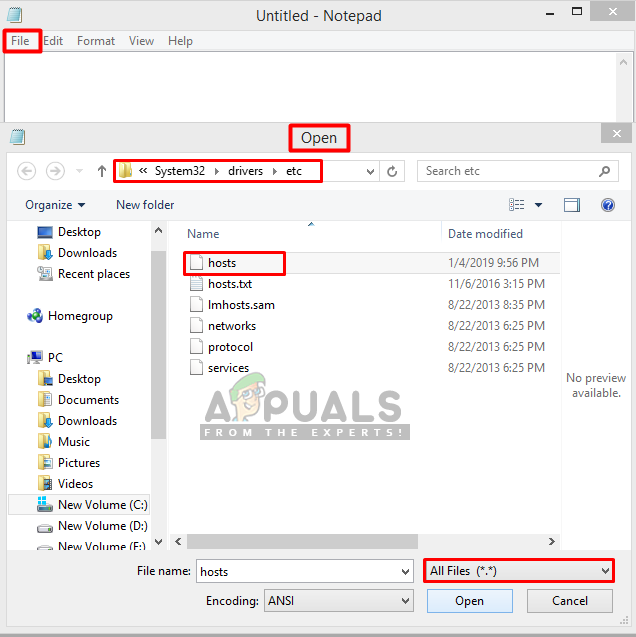
- Scroll to the bottom and click below the last entry.
Note: Add space after the last line just to be safe. - Type your localhost IP and URL/Address of the website you want to block:
127.0.0.1 www.facebook.com
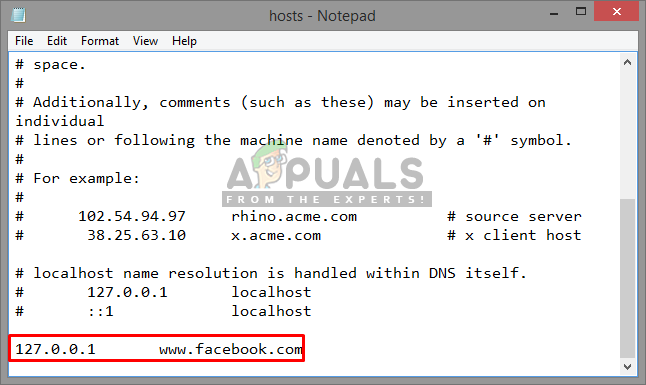
Adding Websites to Block in the Hosts File - Note: Use the tab key to add a space between the IP and the address. The IP stays the same for each web address you add since it is your localhost IP. Only the website URL changes.
- Click File, then Save.
- Try accessing the website; it should now be blocked.
Note: You might need to restart your PC for the changes to take effect.
2. Block Websites in Firefox
To manage access in Firefox, you can use extensions or parental controls to block websites. This prevents unwanted sites from opening, providing a safer and more focused browsing experience to suit your needs.
- Open Mozilla Firefox.
- Click the “Settings Bar” at the top right corner.
- Select Add-ons or press Ctrl + Shift + A.
- Search for “Block Site” in the search box.
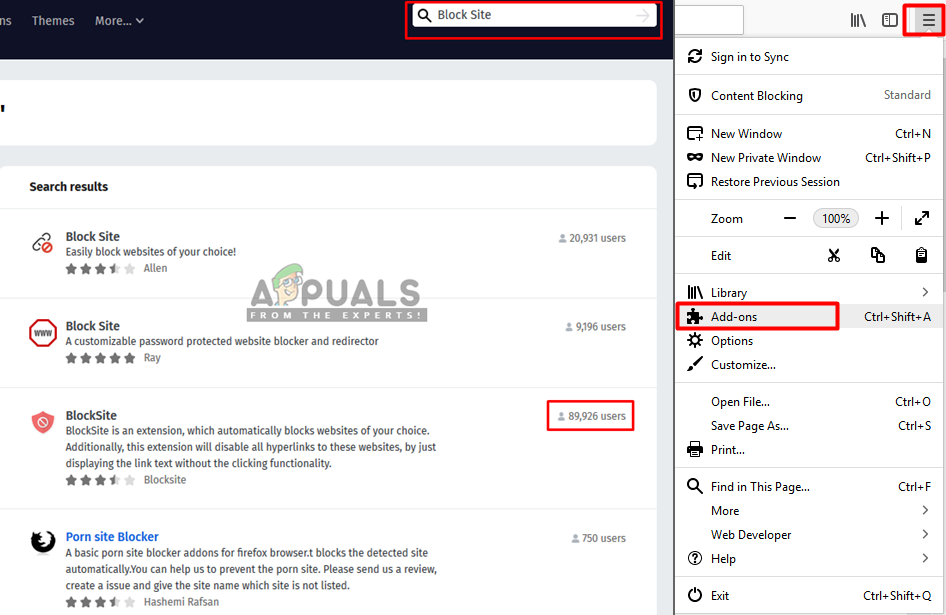
- Choose the one with the most users and click “Add to Firefox.”
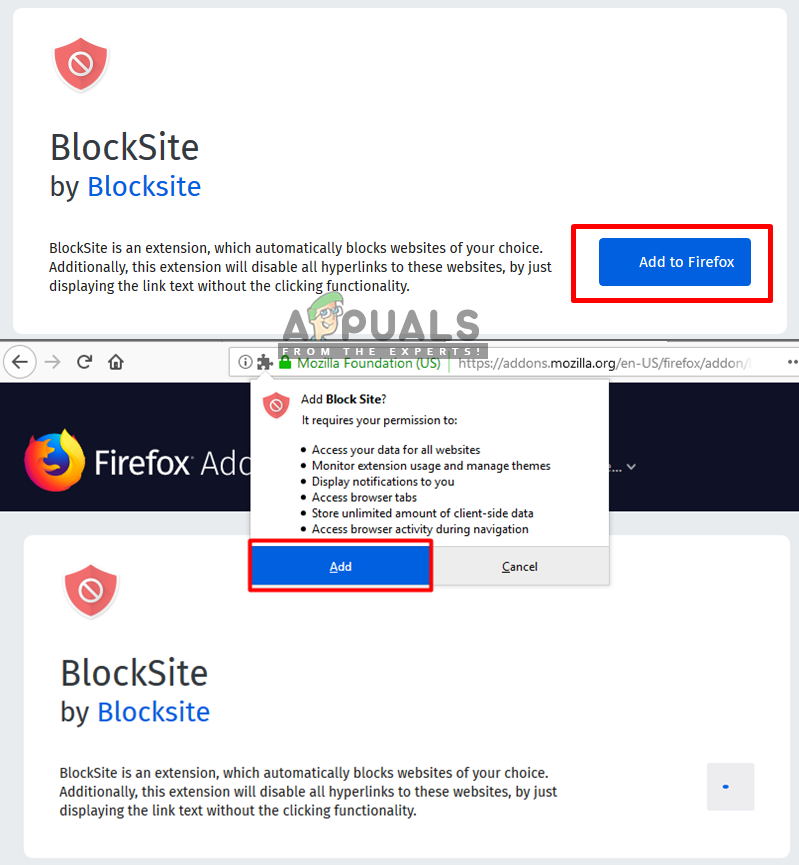
- Add any web address to block it in Firefox.
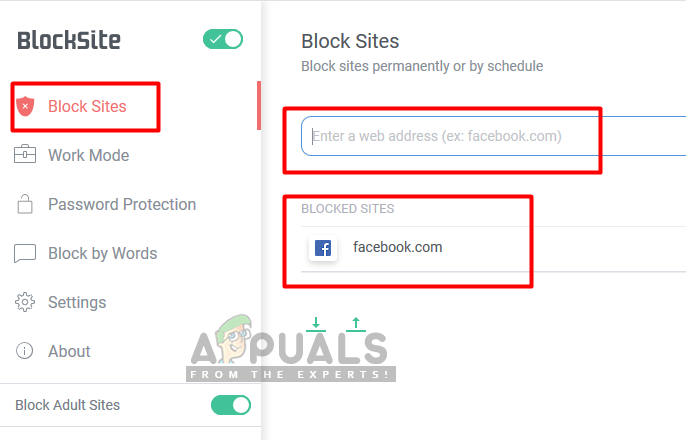
- Add a Password in the settings on the left panel to protect the blocked sites from being unblocked.
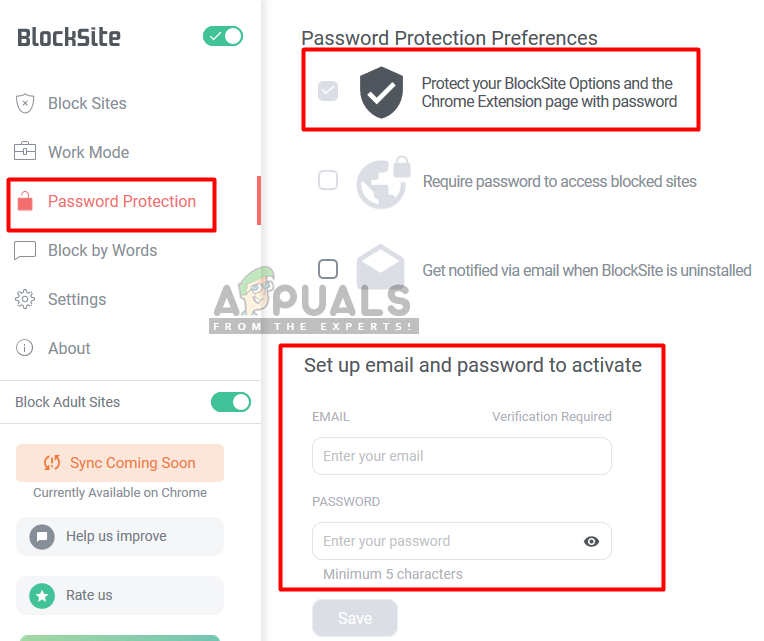
Password Feature for Block Site
3. Block Websites in Chrome
Using Chrome’s built-in tools or extensions lets you easily block certain websites right in the browser. This approach is great for reducing distractions and keeping your browsing safe without changing any settings on your computer.
4. Block Websites in Edge
Controlling access directly within Microsoft Edge makes it easy to block unwanted websites without using extra tools. By using Edge’s built-in features like site permissions or family safety settings, users can easily block specific URLs. This helps create a safe and focused browsing experience tailored to individual needs.
- Press Windows + R on your keyboard to open Run.
- Enter “inetcpl.cpl” and press Enter.
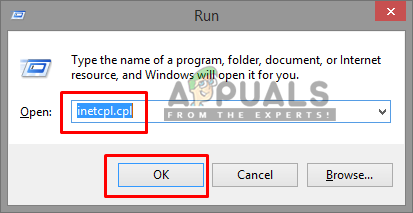
- In the Internet Properties window, click the Security tab.
- Choose “Restricted Sites” and click “Sites.”
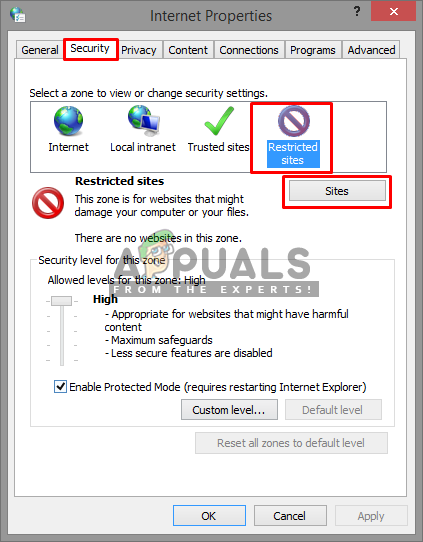
- Add the websites you want to block, click Add, then Close and Save.
